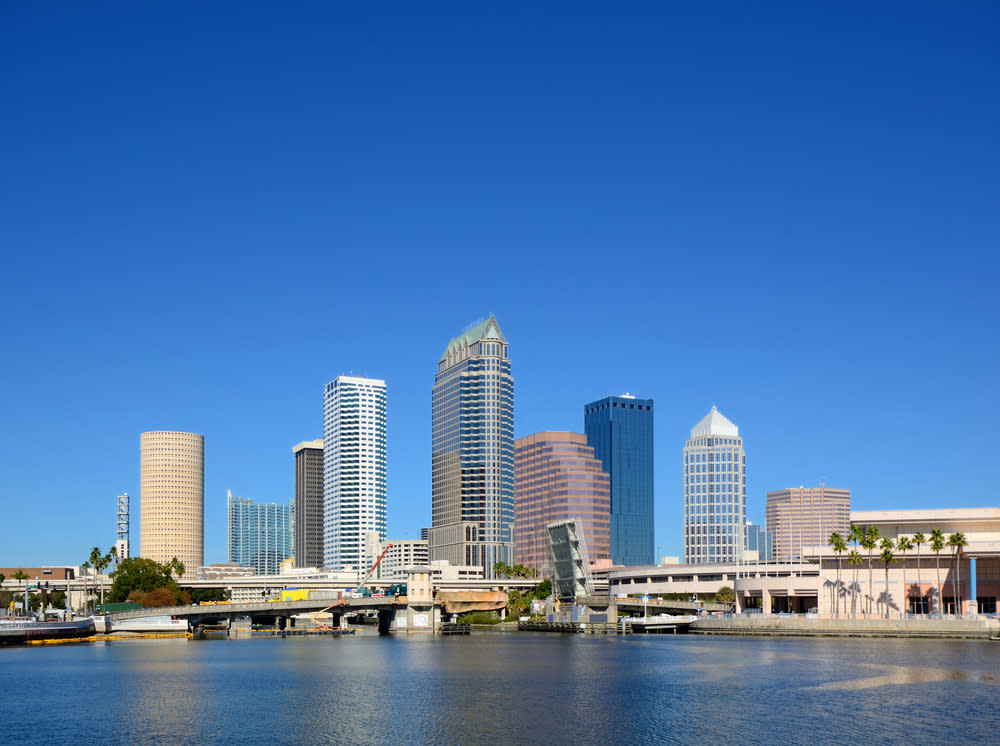More from Tampa
Main Menu
- 00:00
- 06:00
- 12:00
- 18:00
- 23:00
Tampa : Next 24-Hour Weather
Today - 21st November 2024
Sunrise 06:56
Sunset 17:35
Tomorrow - 22nd November 2024
Sunrise 06:56
Sunset 17:35
Holiday Weather Now
Sorted by popularity:
Updated at 12:01 GMT
-
Temp feels like15°C59°F
-
Length of day10h 39m
-
Pressure29" (1015 hpa)
-
Visibility16 km (9miles)
-
Wind speed25 km/h
Sunrise 06:56
Sunset 17:35
-
Temp feels like:
15ºC (59 ºF)
-
Length of day:
10h 39m
-
Pressure:
29" (1015 hpa)
-
Visibility:
9 miles (16 km)
-
Wind speed:
25 km/h

















